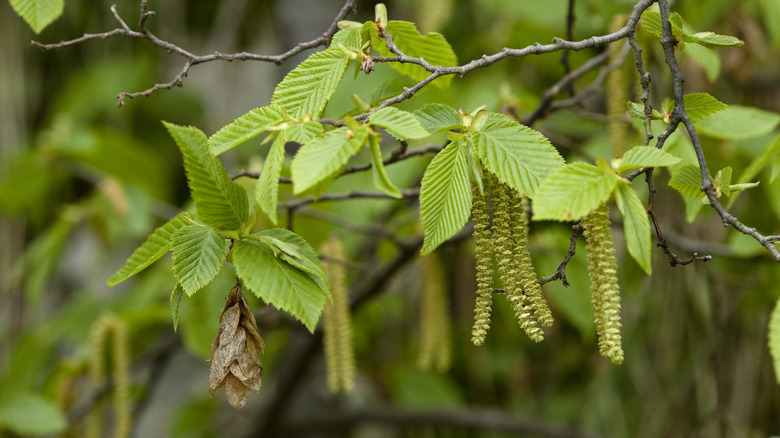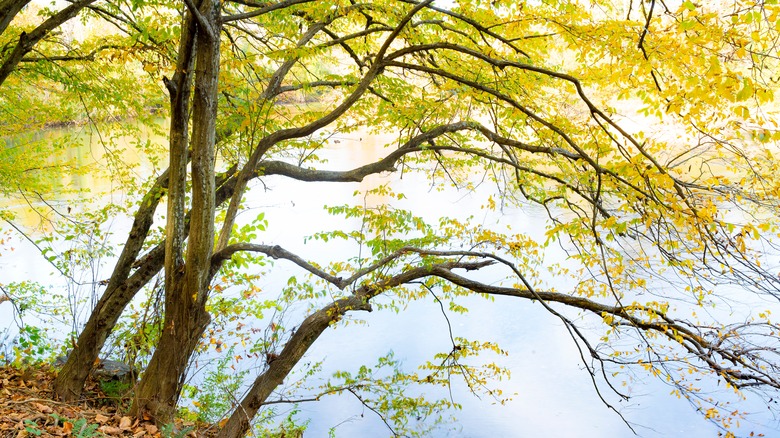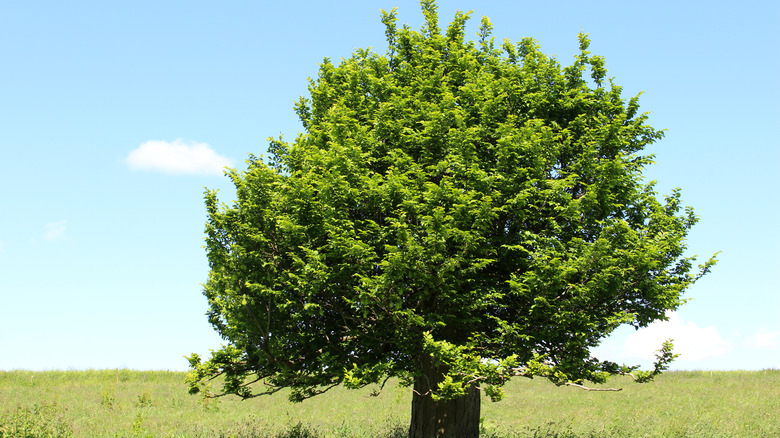Hornbeam Trees: Two That Are Perfect For Shady Yards & One That Loves The Sun
Hornbeams are visually pleasing deciduous trees of the birch family, Betulaceae. When mature, the trees boast vast canopies that comprise thick, dark green foliage, with oval-shaped leaves that resemble those of a typical birch tree. Their exceptionally hard trunks earn the trees their name (which stems from Old English and means "hard wood") but have an elegant appearance. The grandiose canopies and picturesque trunks make hornbeams an appealing choice if your yard could use an ornamental tree. But the best thing about hornbeams is that it doesn't matter whether your property gets full sun, lots of shade, or a mix of both — you can grow different hornbeam varieties in different lighting conditions!
For example, the American hornbeam and the American hop-hornbeam are both shade-lovers. In their natural habitat, these understory trees are often nestled under the canopies of their taller peers, so they'll grow just fine in the shadier parts of your property. Meanwhile, the European hornbeam grows to its most majestic dimensions even when planted in full light. Below, we outline each of the species' unique characteristics and ideal growing conditions, so you can decide if these magnificent trees are a fitting addition for your yard.
The two American hornbeam varieties are an ideal match for shady yards
There are two hornbeam species native to the United States — the American hornbeam (Carpinus caroliniana) and the American hop-hornbeam (Ostrya virginiana). They are two distinct species of understory trees, so both like a shady environment. The American hornbeam is an attractive tree with unique grayish bark that covers a thick trunk. Carpinus carolina grows up to 30 feet in height, with a canopy that sprawls to 30 feet when mature. You should plant this tree in a location that would mirror the tree's natural habitat — beneath the crowns of taller, sun-loving trees, or in another location where shade is abundant. The American hornbeam is hardy in zones 3 to 9 and flourishes in loamy, acidic soils with sand or clay content as well as plenty of humus. Be sure to provide ample water for the tree to keep the soil moist enough for its liking.
The American hop-hornbeam has rougher, patchier bark than Carpinus caroliniana and its catkins turn into fruit that resembles hops — which is how the tree gets its name. The hop-hornbeam grows a bit taller than Carpinus caroliniana, with mature heights of up to 40 feet. It's happiest in the shade, but the tree handles sun better than its American hornbeam counterpart. This tree acclimates to a vast array of soil conditions, including clay, but prefers loam in the substrate. Although the hop-hornbeam thrives in moisture, it's also a drought-tolerant tree, so it's relatively low-maintenance.
European hornbeam will thrive in a sunny spot on your property
If your yard receives plenty of sun and you're looking for a shade or hedge tree, consider the European hornbeam (Carpinus betulus) instead of its American cousins, as it will do well in bright light. Carpinus betulus looks similar to the American hornbeam, except that the serrated edges of its leaves are more pronounced. These leaves form a massive, 30-plus-foot canopy towering as high as 60 feet when the tree is mature. Whether you're using the European hornbeam as a privacy hedge or to get some shade in your yard, you can trim these canopies substantially to achieve the desired form and aesthetic.
The European hornbeam does well in USDA hardiness zones 4 through 8. You should plant it in a location that will accommodate its size easily, while providing a suitable substrate. Carpinus betulus prefers a soil composition that includes sand or loam, and with adequate drainage to prevent accumulation of water. That said, the soil should be moist for this tree to truly thrive. While the European hornbeam is happiest in full sun, it will tolerate a bit of shade, too. Once planted, you'll notice that this tree attracts plenty of birds and even small mammals, some of which — like squirrels — may ransack the tree's bark.


